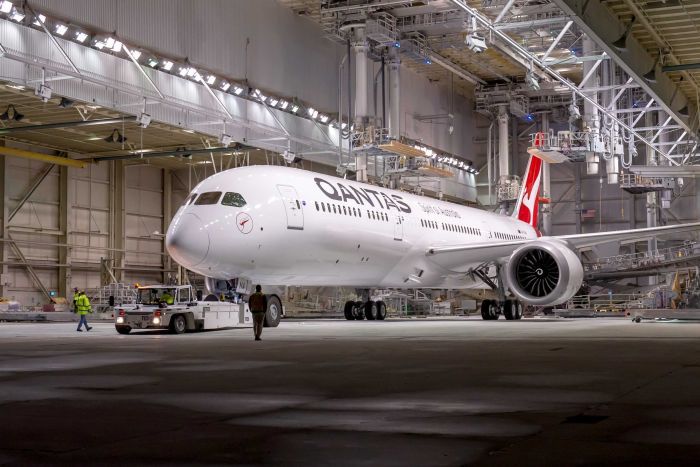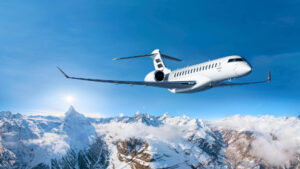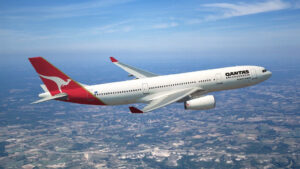Possibly the only downside to living in God’s country is the travel time. We may find a layover in the Middle East or Asia a bit of a hassle in 2019, but considering only a few decades ago travellers might see three or four stopovers in one trip to the otherside of the world, we’ve got it pretty good.
And it’s about to get even better with Qantas’ Operation Sunrise.
During October this of this year the Australian flagship carrier will realise the dream of air travel by undertaking non-stop flights from Sydney to London and Sydney to New York in its ongoing quest to deliver the fastest international flight times.
Three brand spanking new Boeing 787 Dreamliners will undertake both 19-hour routes, with Qantas also assessing the wellbeing and comfort of passengers and cabin crew during each journey.
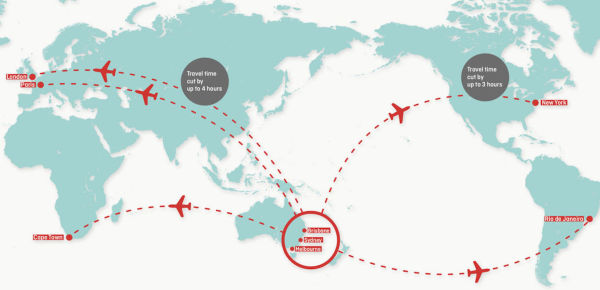
If you were hoping to be a test subject, however, I’m afraid I’ve got some bad news for you – no public tickets are being sold for these flights. Instead, 40 Qantas employees will have the chance to experience the long flight, with scientists and medical experts from Sydney’s Charles Perkins Centre recruited to monitor sleep patterns, physical movement, food and beverage consumption, lighting and in-flight entertainment. The data gathered will be used to assess how such a long journey impacts health, wellbeing and body clocks.
And it’s not just the passengers being used as guinea pigs, as the pilots will also be hooked up to an electroencephalogram device (try saying that word quickly) that tracks brain wave patterns and monitors alertness. Researchers from Monash University will also study the melatonin levels (the hormone that regulates the wake-sleep cycle) of the pilots before, during and after the flights.
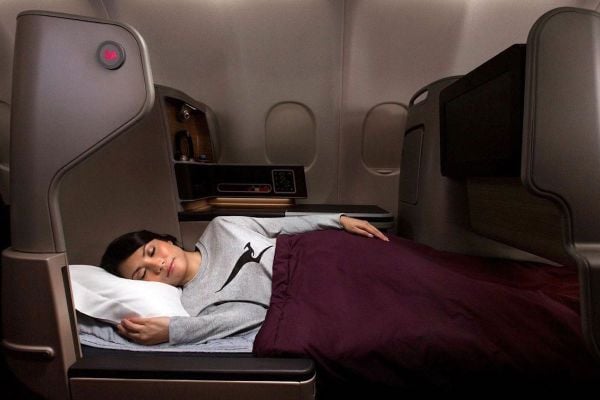
“Ultra-long-haul flying presents a lot of common sense questions about the comfort and wellbeing of passengers and crew. These flights are going to provide invaluable data to help answer them,” Qantas Group CEO Alan Joyce said.
“For customers, the key will be minimising jet lag and creating an environment where they are looking forward to a restful, enjoyable flight. For crew, it’s about using scientific research to determine the best opportunities to promote alertness when they are on duty and maximise rest during their downtime on these flights.”
While there’s no guarantee these flights will be a success, Mr Joyce is quietly confident and believes positive results could push jet makers to create an aircraft capable of making the journey on the regular by 2022.
RELATED: Virgin Galactic completes the world’s first commercial space terminal
